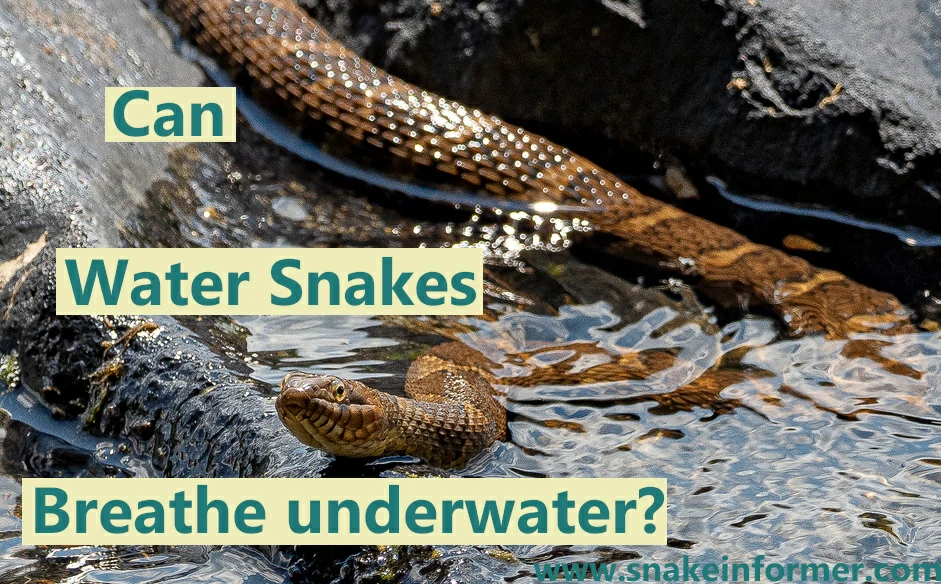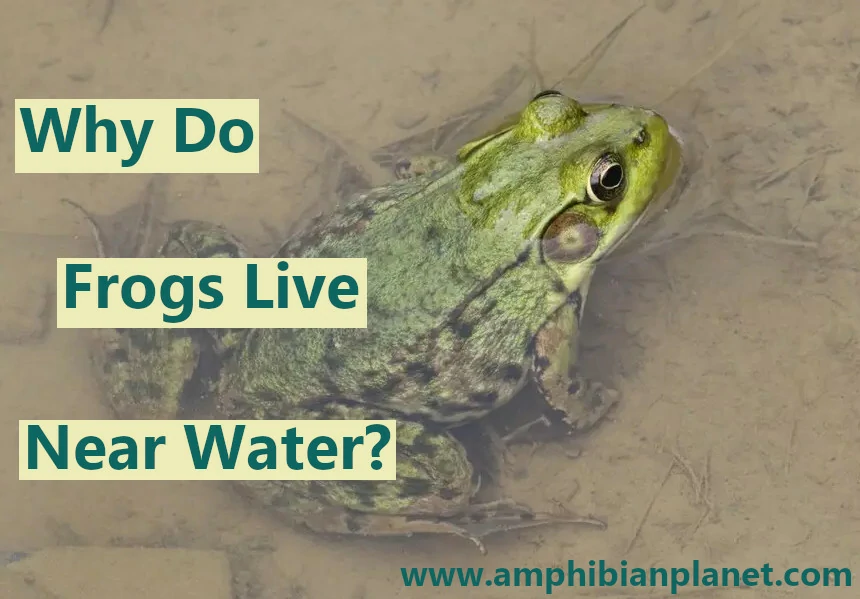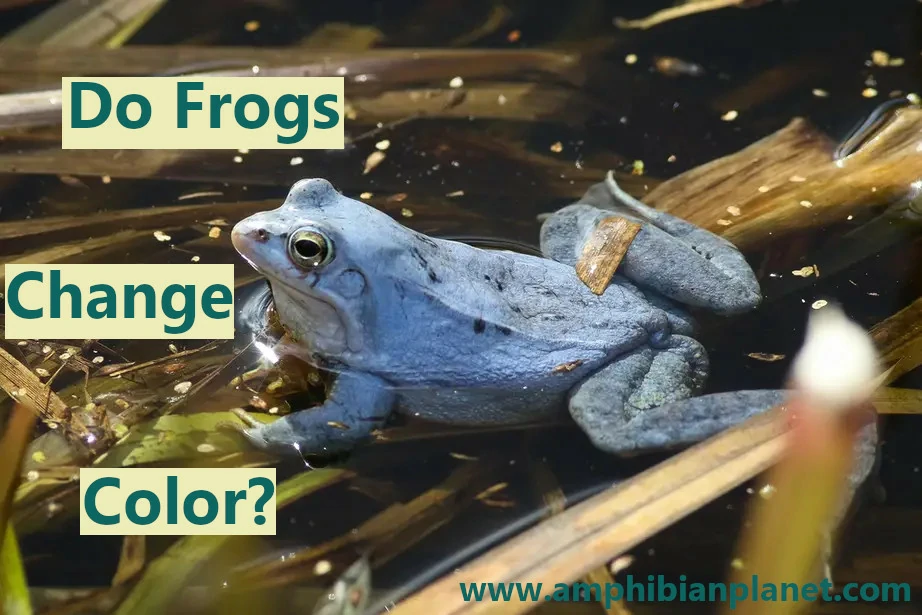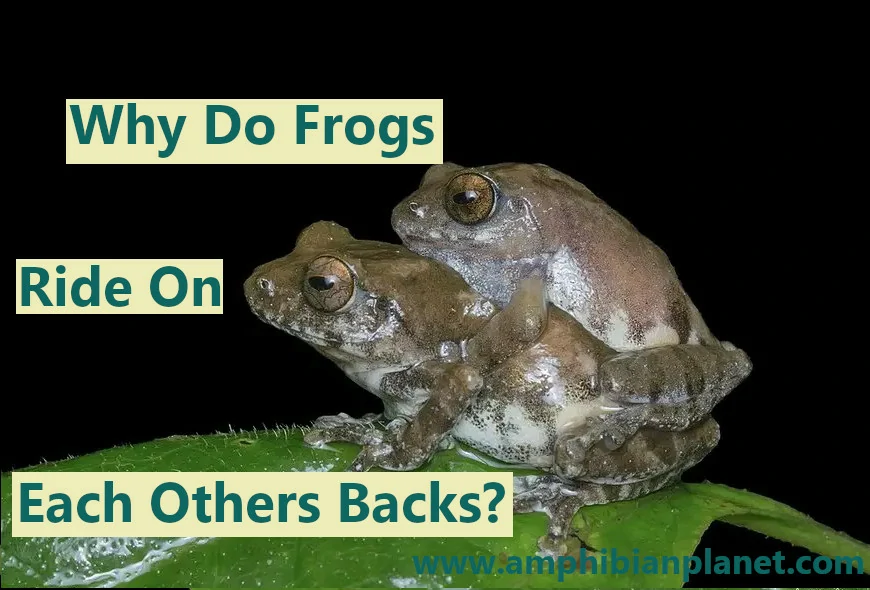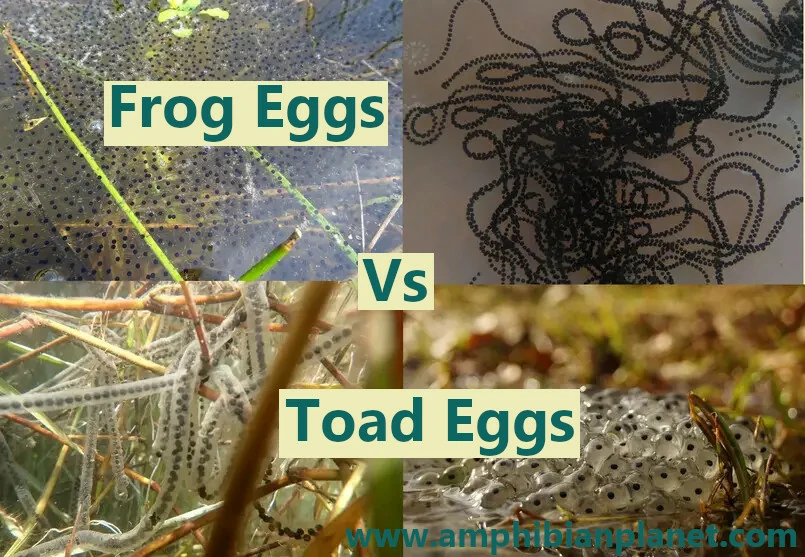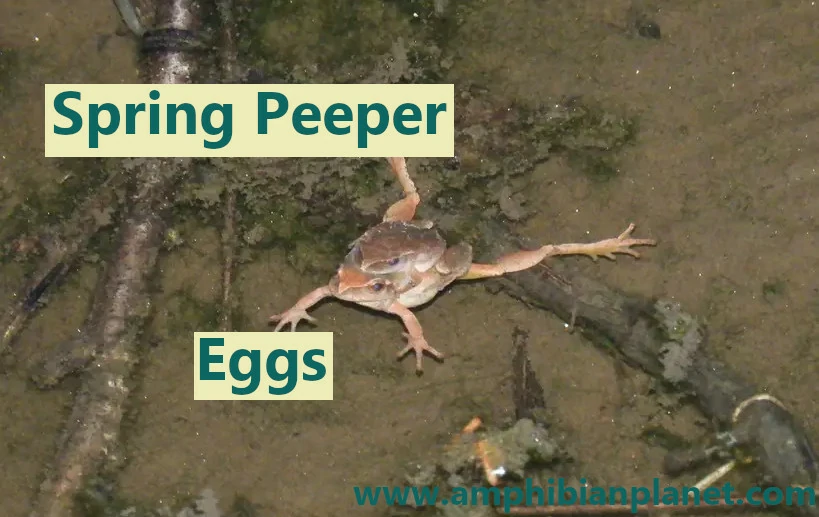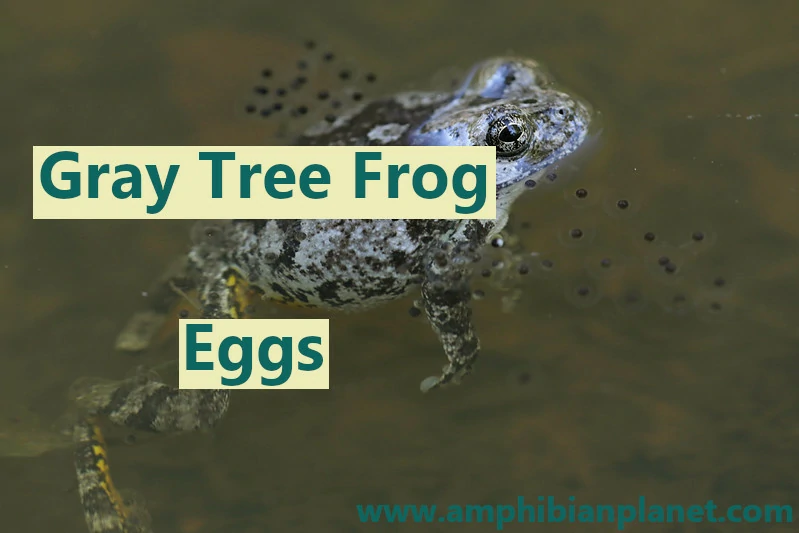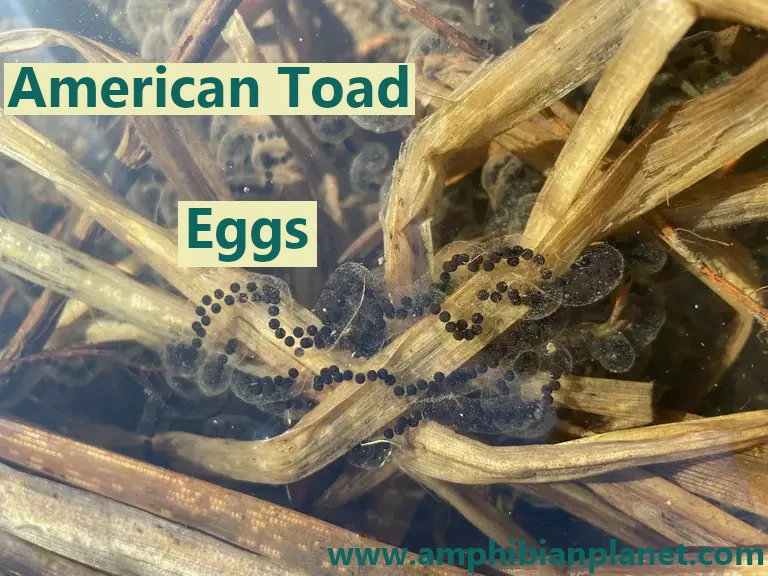Can Water Snakes Breathe Underwater?
There are many different species of snakes called ‘water snakes’, among them the common watersnake (Nerodia sipedon) native to North America, and the common grass snake (Natrix natrix) native to Europe and western Asia. Water snakes are characterized by their semi-aquatic lifestyle, and spend a significant time in or near freshwater bodies such as rivers, … Read more

